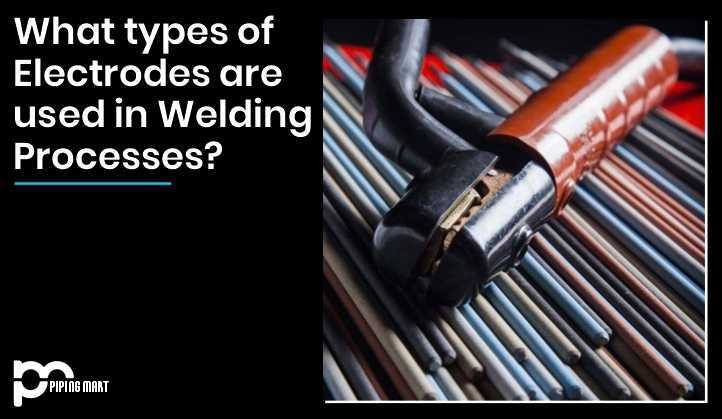A welder needs a terminal to create an electric flow to do curve welding. In welding, an electric flow is directed through a terminal which is utilized to join the parent metals. At the point when you keep cathode tip close to the parent metal electric flow bounces from the terminal tip to the parent metal. The primary motivation behind Electrodes utilized in welding is to make an electric circular segment. These terminals can be decidedly charged anode or they can be contrarily charged Electrodes.
Customers approach a wide range of sorts of welding terminals. Each offers includes that make it perfect for a specific application. In welding applications, power is drawn through a terminal, making a curve of power at the tip of the Electrode. Welds are made when the electric circular segment at the tip of a terminal is drawn onto a work piece. Numerous sorts of terminals soften and are moved onto a work piece, making a metal filler, while others don’t liquefy and give an area to an electric circular segment.
The terminal that will be utilized relies upon the kind of welding process chose by which a consumable or non-consumable Electrodes is chosen. Non-consumable terminal by and large made of tungsten or tungsten amalgam and utilized in Tungsten Arc Welding. The consumable electrodes are made of a material that is good with the base material being welded and is secured with the transition.
Types of Electrodes
6010 Electrodes
This kind of Electrode is regularly utilized for general welding applications that don’t require any extraordinary highlights. They additionally are utilized on ranch hardware, channeling, fashioned iron, and street gear. As indicated by Metal Web News, 6011 Electrodes make welds with a base rigidity of around 60,000 pounds for each square inch (psi). Welders can hold this sort of cathode in any situation to make a legitimate weld. 6010 Electrodes are intended for use under direct flows (DC). As per Welding Tips and Tricks, 6010 Electrodes include high cellulose sodium external covering.
6013 Electrodes
6013 Electrodes are moderately simple to utilize. They make a milder curve that is perfect for use on sheet metal. This kind of Electrode is regularly utilized for a general fix on slenderer materials. 6013 Electrode welds offer around a 60,000 psi least elasticity, as indicated by Metal Web News. These Electrodes can be held in any position and are utilized under either immediate or exchanging flows (AC). 6013 terminals highlight a high titanium potassium external covering, as indicated by Welding Tips and Tricks.
7018 Electrodes
The 7018 Electrodes are regularly alluded to as a “low hydrogen anode” that includes low dampness covering, which diminishes the degree of hydrogen that saturates a weld. This sort of anode creates top-notch, break safe weld focuses on the medium entrance. These terminals must stay dry before use. The base weld elasticity created by this sort of cathode is around 70,000 psi, as per Metal Web News. 7018 Electrodes additionally can be held in any position while welding. 7018 Electrodes are built to work under either direct flows or substituting flows. As indicated by Welding Tips and Tricks, this sort of Electrodes includes an iron powder, low hydrogen external covering.

Pipingmart is B2B portal specializes in industrial, metal and piping products. Also, share latest information and news related to products, materials and different types grades to help business dealing in this industry.




